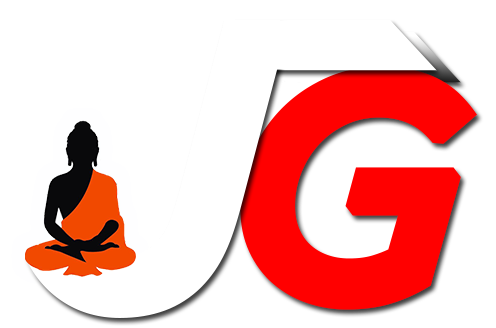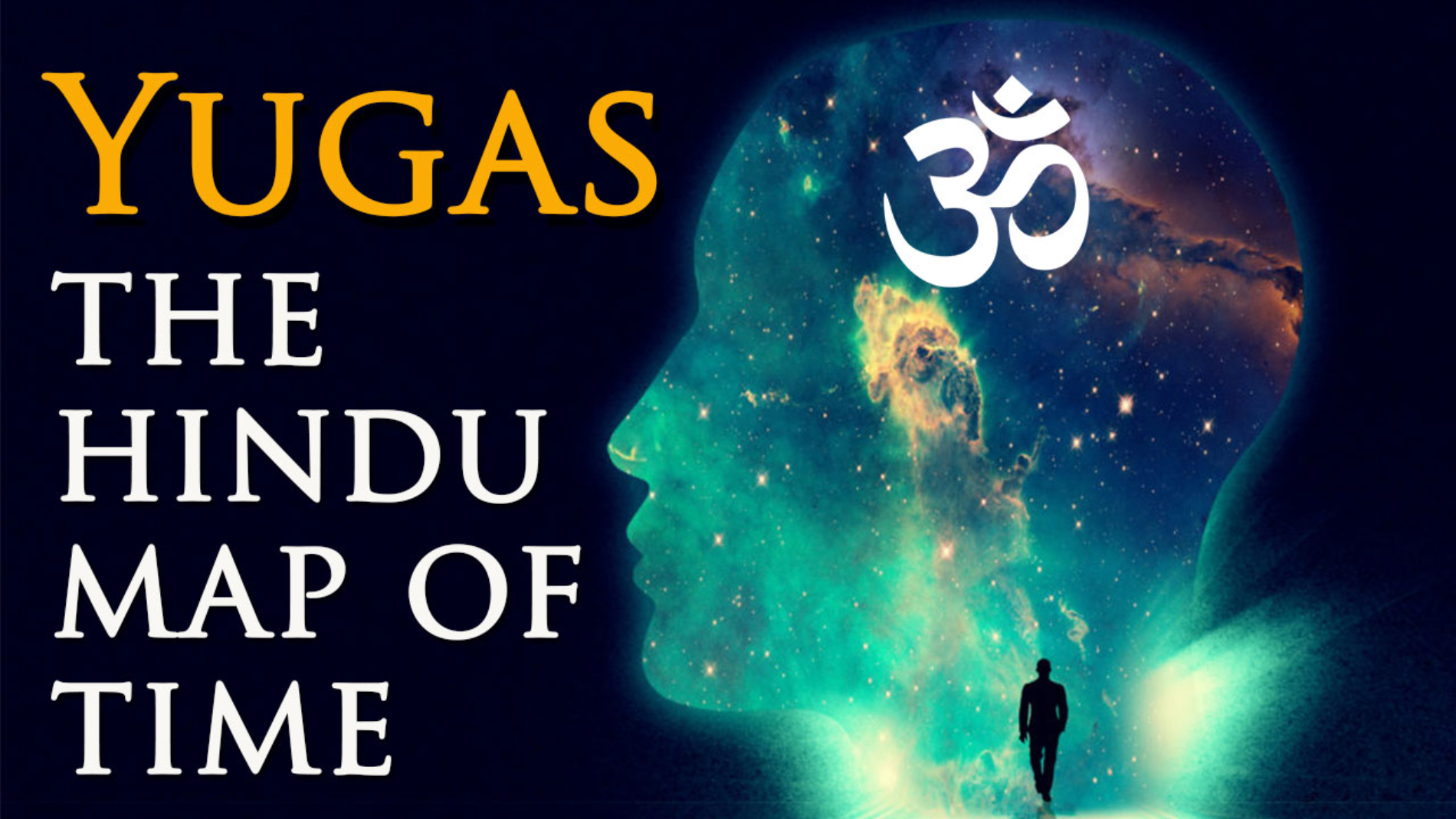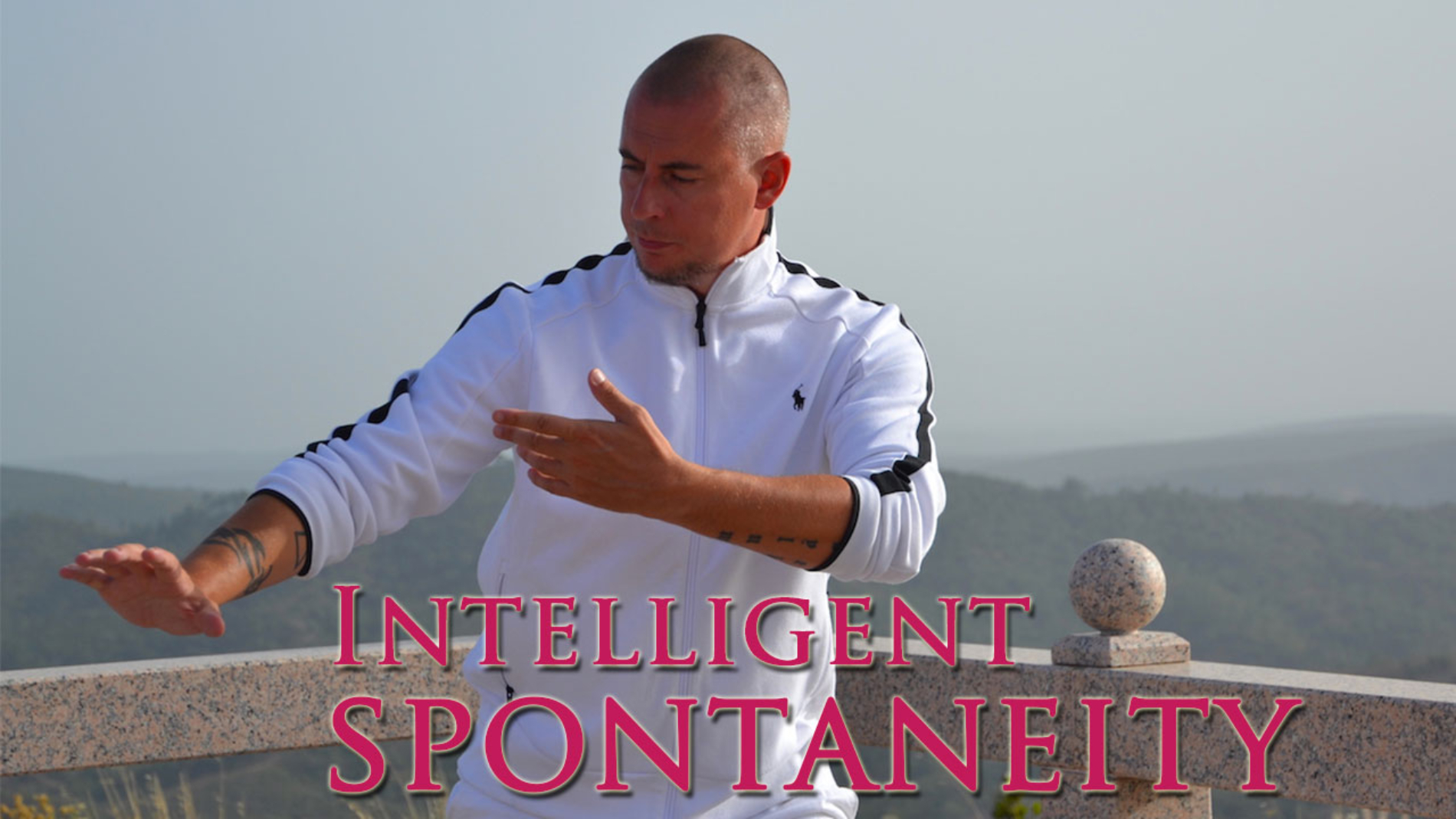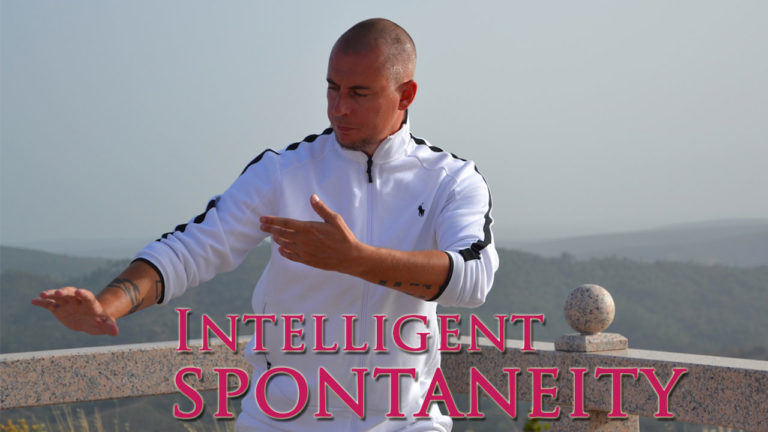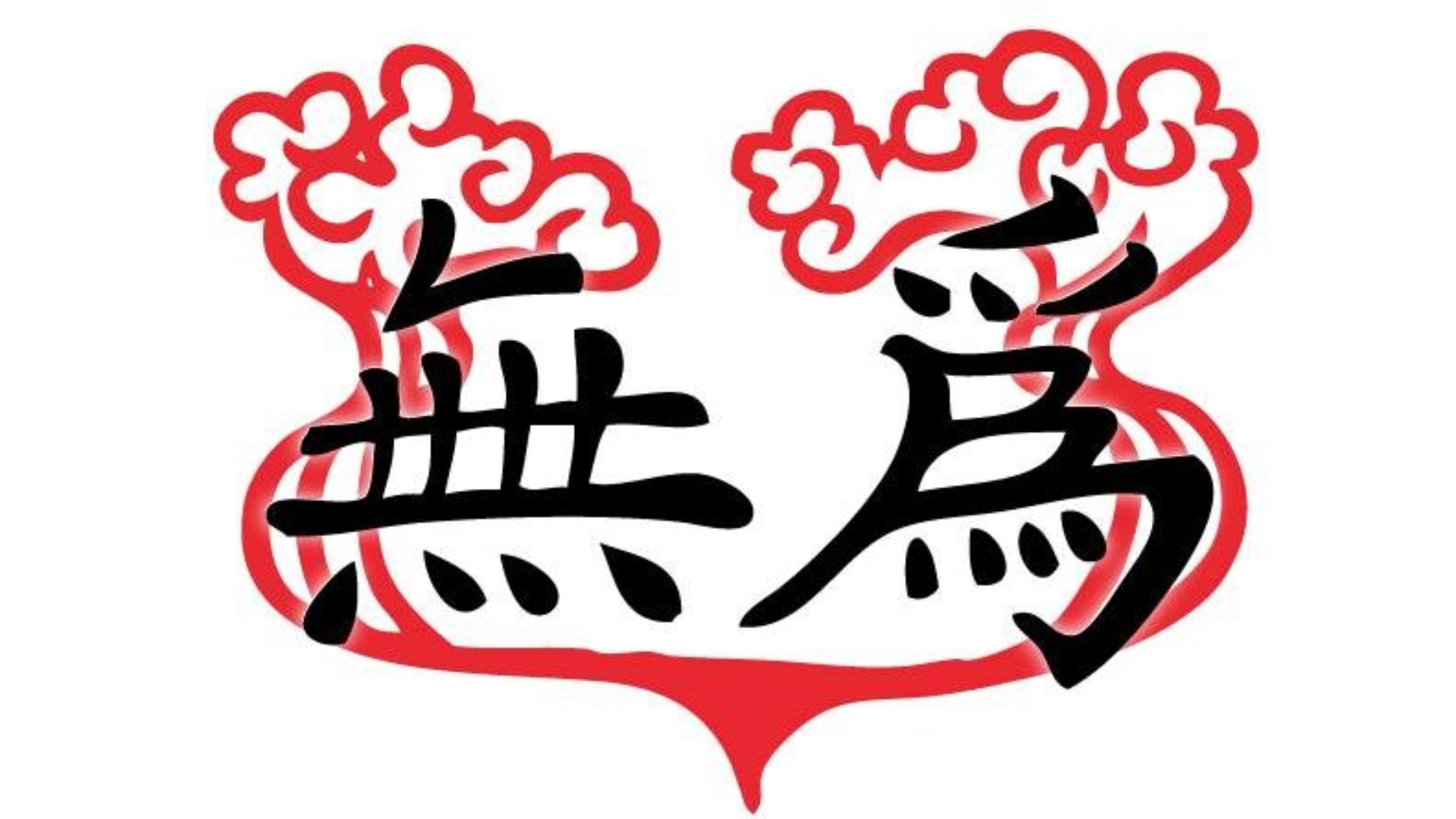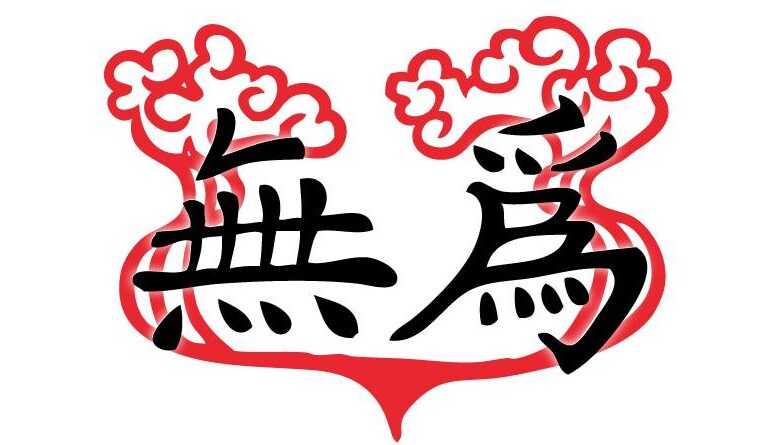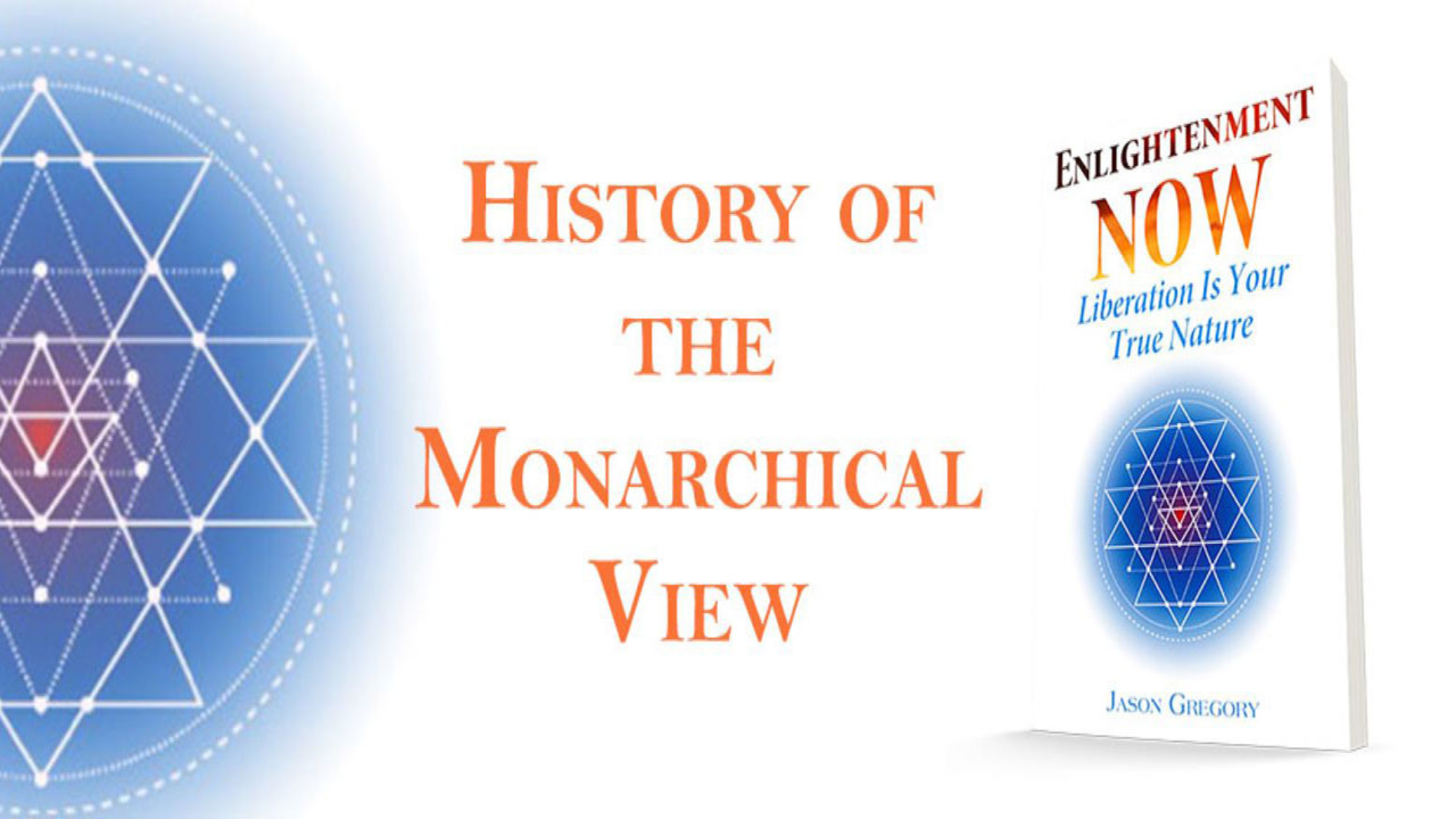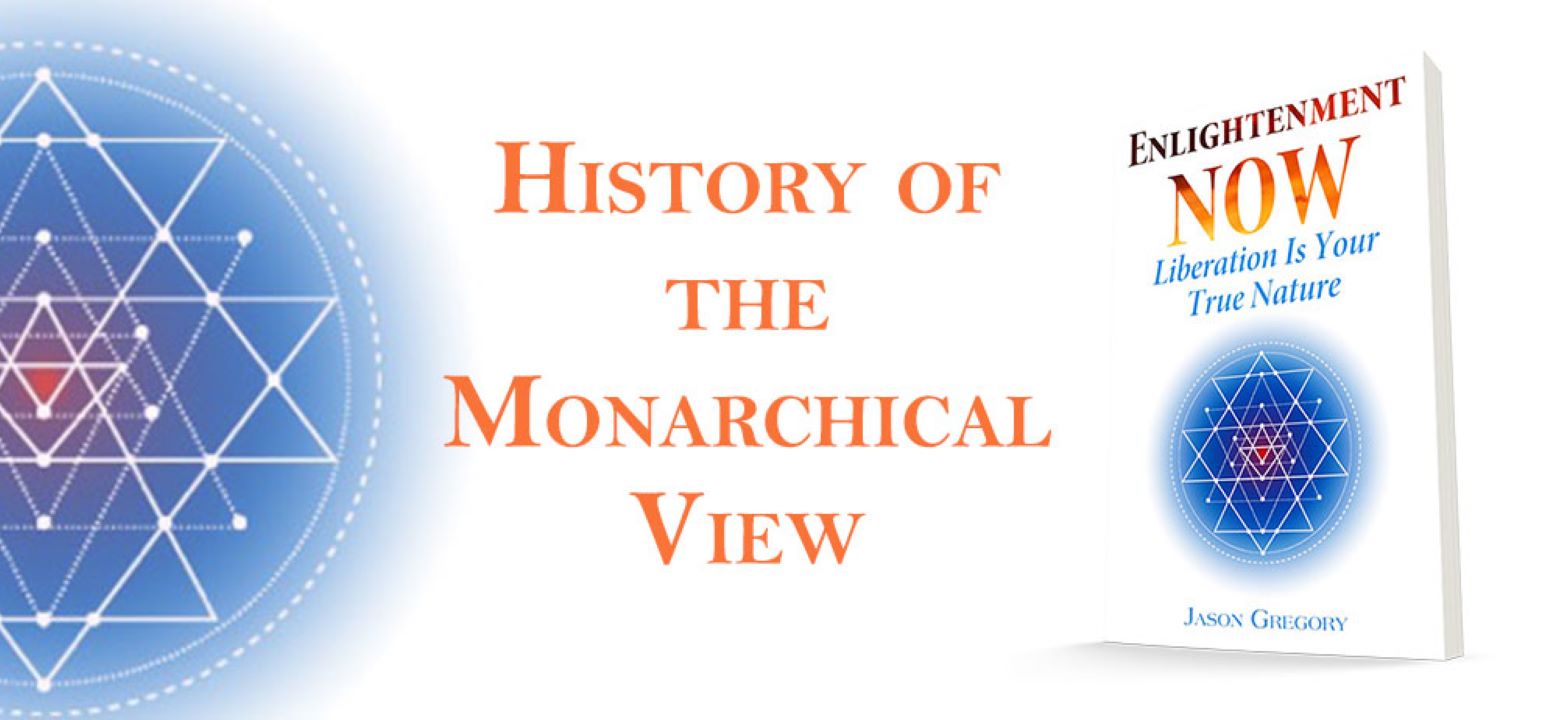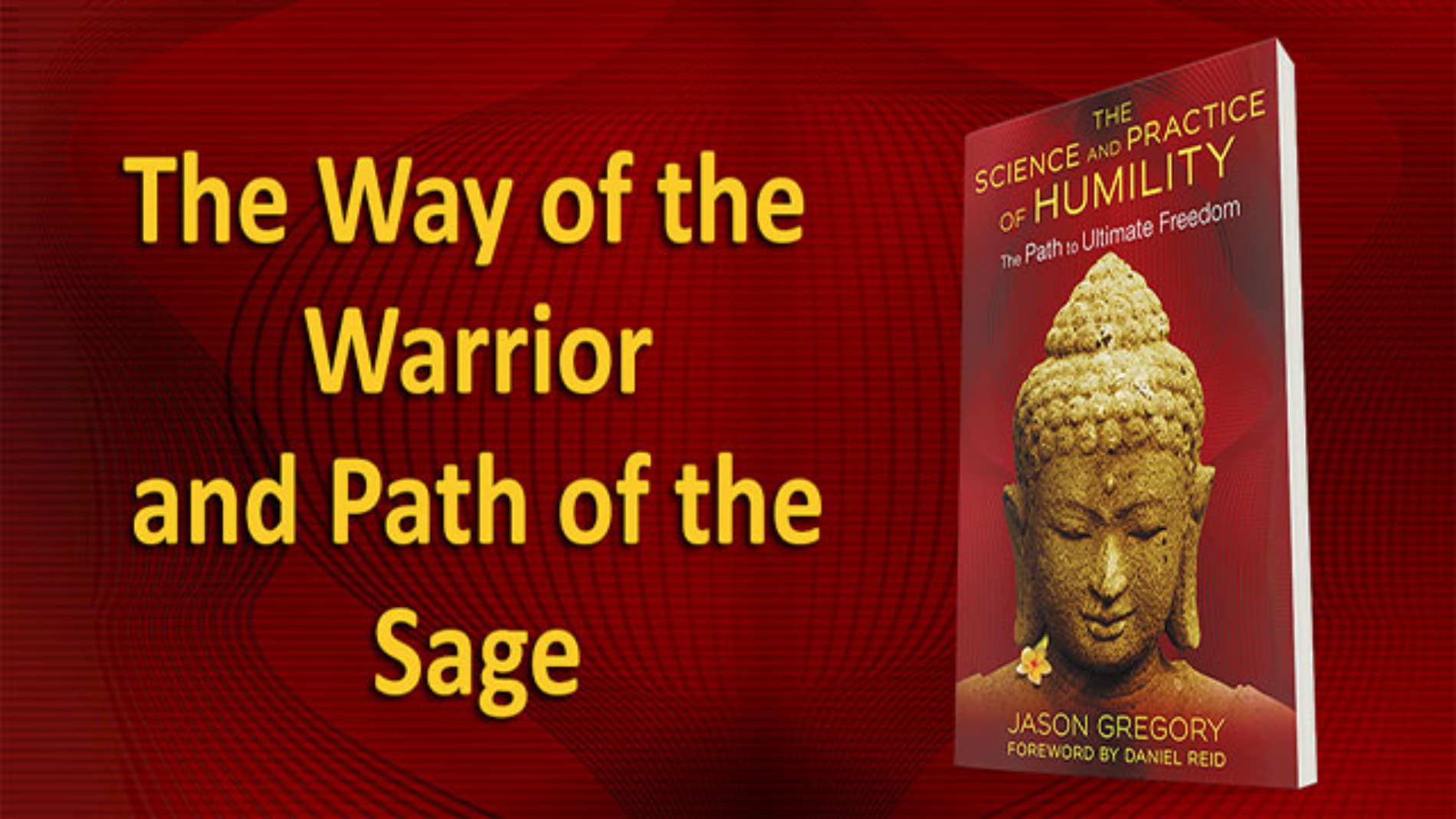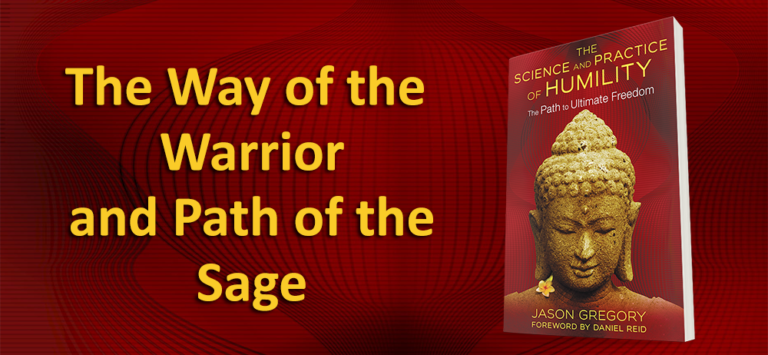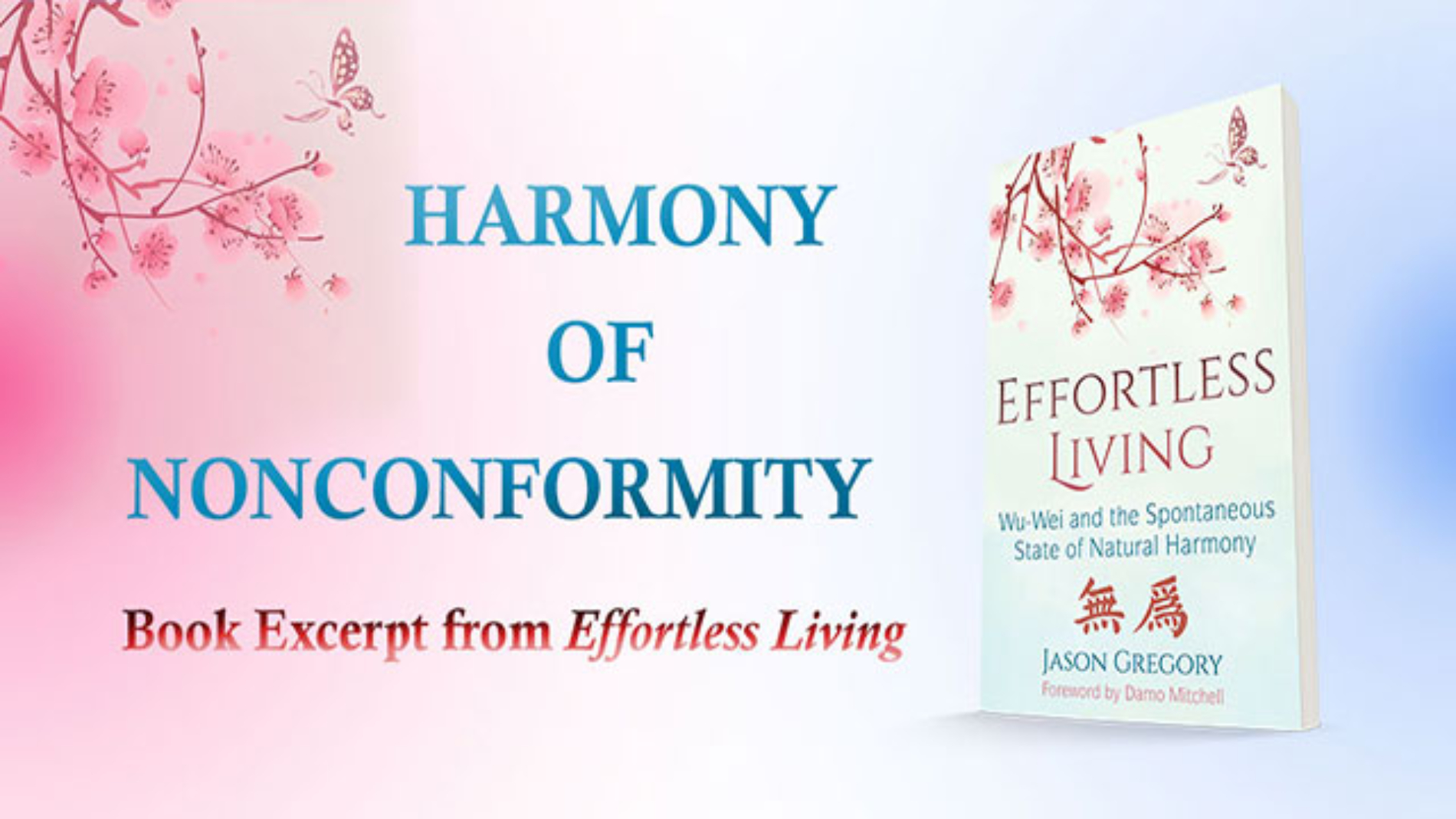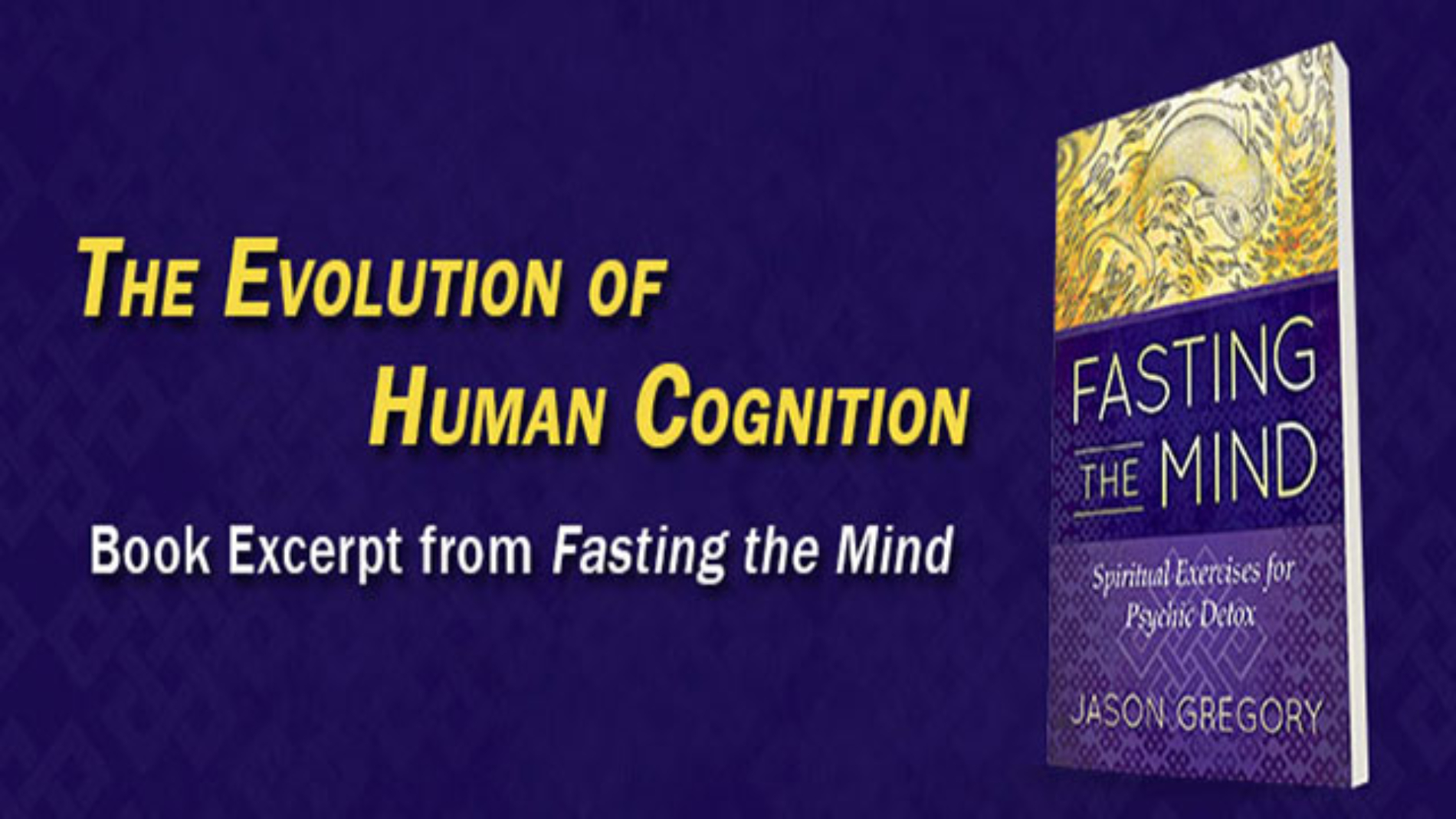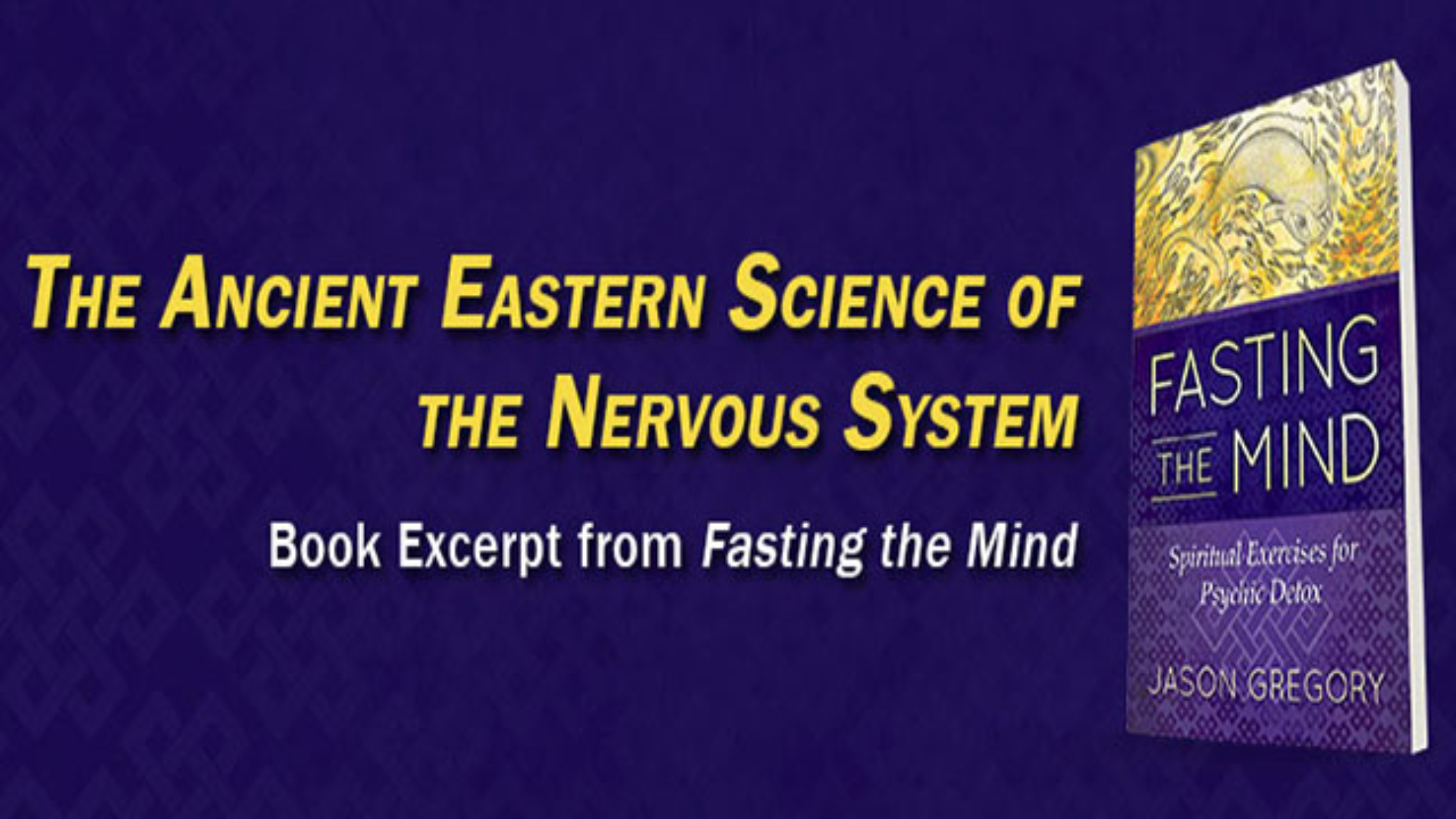Yugas: The Hindu Map of Time
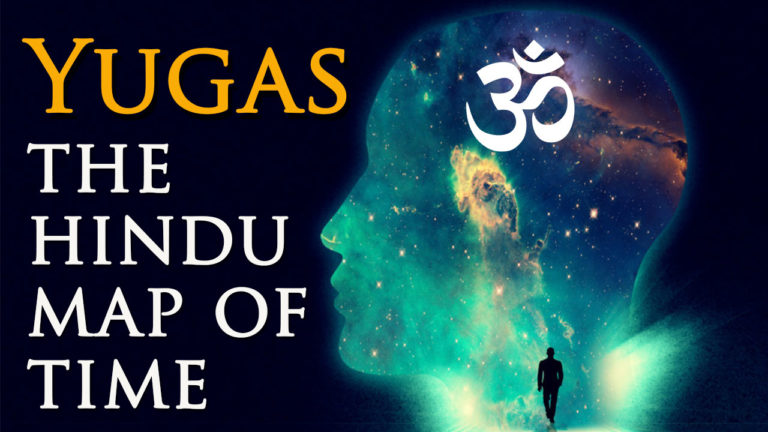
The Eastern view of time is completely different to the Western view. A perfect example of this is the Hindu time system called the Yugas. The word yuga in Sanskrit means age, cycle, or world era. The yugas are a complex world-age doctrine of four ages. The yugas map the cycles of change within the universe and consciousness. The yugas build a solid framework for understanding how we experience time and eternity, and how they are related to one another. This way of thinking is completely different to the view of time and eternity held firm by Western religions and the West in general. The Western view of time is linear and this effect’s the Western view of eternity, as the idea of an eternal “heaven” becomes something we have to wait for until after death. This Western concept implies that eternity is bound to time. This is ridiculous considering eternity can only be ever-present in this very moment and can only be experienced when limiting thoughts and thinking have completely ceased.
The Eastern view of eternity illustrates that eternity can be nowhere else but in this present moment, and a lot of their time systems and philosophies are based on it. As a result, the relationship between time and eternity is thought of very differently in the East, especially in the yuga system. Many Eastern traditions don’t map time in the linear sense, but instead, they designed systems to understand time’s nonlinear qualities in relation to matter, mind, and spirit. In Hinduism, the nonlinearity of time is broken into the yuga cycles, which map the consciousness that drives the process of linear time fueling human civilization.
Kalpa
There are two yuga systems that are somewhat similar, but also a lot different. There is an ancient long-count system and a more recent short-count system. Both systems are based on the concept of kalpa. Kalpa is a Sanskrit word that means aeon in Hindu and Buddhist cosmology. A kalpa equals 4.32 billion years. This massive period of time is not about lifetimes or an age, but rather the life of Earth.
The concept of kalpa is described in the ancient texts of the Puranas, especially the Vishnu Purana and Bhagavata Purana. One kalpa of 4.32 billion years is regarded as a day of Brahma. If you think this is a long time, a mahakalpa consists of 100 years of Brahma which is 313, 528, 320, 000, 000 years.
The Long-count Yuga System
In the long-count system one kalpa is made up of one hundred mahayugas (great yugas). The duration of a mahayuga is built on a system of four yugas. These yugas are Satya Yuga, which is the ideal or truthful age spanning 1,728,000 years. Next is Treta Yuga, which is the age where virtue has declined by a quarter of Satya Yuga. Treta Yuga spans 1,296,000 years. Treta Yuga is followed by Dvapara Yuga. Dvapara Yuga is the age where virtue is reduced by half of what it was in Satya Yuga. Dvapara Yuga spans 864,000 years. The last yuga, and we could say definitely the least, is Kali Yuga. Kali Yuga is where virtue is reduced to a quarter. Thankfully in the greater scheme of things, Kali Yuga only spans the time of 432,000 years. Well, I know it’s still a long time, but in the universal sense it’s quite small.
According to the long-count system what yuga are we in right now? It is commonly believed we are in the heart of Kali Yuga. According to the dates suggested by authorities, we might only be at the beginning of this yuga. It is believed that the dark age of the Kali Yuga commenced with the death of the Godly sage Krishna after the famous battle in Kurukshetra, documented in the Mahabharata epic. Traditional Hindu authorities put this date at 3102 BCE. Though many scholars dispute this date, as they believe a date of around 1500 BCE is more probable. Nevertheless, if we are to take the yuga world-age doctrine seriously, we are only at the beginning of the Kali Yuga. We’ve been on this long descent from the golden age of the Satya Yuga until now. This slow process spanning millions of years stupefied our mind into the characteristic of Kali Yuga.
The Character of the Kali Yuga
What is the characteristic of the Kali Yuga? The core characteristic is our minds identification with the external world and a turning away from the inner world. This is where we focus on everything in the outside world and forget about the inner world. We focus on how we look, our anxiety about how we are perceived by others, our reliance on sensory needs, our dependency on relationships, our over attachment to people and material possessions, and our focus on acquiring assets to promote our own self-interest. The Kali Yuga, then, is basically the involution of the human mind into gross matter, which means our mind is entangled with the outside world. Materialism, then, is the heart of the Kali Yuga. The minds tendency in this age is geared towards consumerist thinking. Consumerism becomes the accepted way of life in this age. And it is hard to argue with this ancient view of the Kali Yuga when we look outside and see what mainly drives people.
The lowest point of the Kali Yuga might be technological transhumanism, as many people would rather be a robot and live forever than a natural human. The integration of mind into technology will likely be the lowest point of the Kali Yuga, if it happens. This technological motivation is the Kali Yuga belief that the material universe is everything. As a result, the inner world of consciousness is not considered valuable without the material world. This type of thinking is one of the greatest threats to the survival of human race. So before you play unconsciously with your phone, ask yourself what that habit is doing to you and how is it training your mind to be. I find it interesting that when I criticize social media or technology people jump to their defense, which is just plain odd when you think about it. They are not living things. They are just objects. Could you imagine how stupid I would look if I defended a toaster like it was my friend. I’d look like an idiot.
The reason people defend social media and technology is because they want to justify their unconscious habits. Just ask yourself how many times do you unconsciously reach for your phone during the day? Though this may seem insignificant, it’s all leading to a movement away from raw nature and our own naturalness and connection to the universe. From the naturalistic view, the integration of mind into technology will be a permanent hell we cannot escape. In the Kali Yuga the fear of death is intensified because we believe matter is everything. Hence, we yearn for immortal life through technology.
As we began to move into the Kali Yuga after Krishna left this world, some enlightened people could foresee our future and they wrote the Puranas, Tantras and other scriptures to serve our spiritual needs in this dark age. These were specifically designed for a spiritual seekers inherent difficulties in the Kali Yuga. In the Kali Yuga we lack the moral fiber and mental concentration necessary to pursue the path of liberation. But fortunately we have access to these ancient texts that can bring our awareness back within ourselves. The hope is that there are enough people in the world who wake up to their divinity, which is revealed when we cease the minds gravitational pull towards the external world. Only then can the human race survive the Kali Yuga and progress into the golden age of Satya Yuga.
In various Puranas they speak of the tenth avatar of Vishnu named Kalki, who is foretold to come into this world near the end of the Kali Yuga. Kalki is thought of as riding a white horse brandishing a blazing sword. His task is to destroy the present age to give birth to the age of Truth with a capital T, Satya Yuga. Maybe Kalki could be you or it could be all of us who are willing to wake up.
The Short-count Yuga System
Though the idea of the Kali Yuga may seem grim and depressing, a short-count system of the yugas was designed which is more of an optimistic view of where human civilization is currently heading. The short-count yugas was introduced by the Indian mystic Sri Yukteswar. Sri Yukteswar explains the short-count system in twelve brief pages in his classical book The Holy Science. Sri Yukteswar doesn’t base his understanding of the yugas much on the older long-count tradition. His system of the yugas was born from his own self-realization. The short-count system of the yugas focuses on the correlation of inner consciousness and outward behavior. Sri Yukteswar explains that as human consciousness changes, so does civilization and human development. With this short-count model we can begin to perceive a discernible pattern in our seemingly chaotic history.
In Daniel Steinmetz and Joseph Selbie’s book called The Yugas, they trace our known history in a way that supports the claims of the short-count yuga system. They show a recognizable cycle of human civilization that descended to a certain point of time and evidence of an ascension. To understand this, I need to explain how the short-count yugas are different. First of all, Sri Yukteswar’s theory is based on the idea that our own sun revolves around a dual star which is a cycle of 24,000 years. It’s a binary star system. Sri Yukteswar explains that this is a celestial phenomenon caused by the backward movement of the equinoctial points around the zodiac. The common explanation for this is precession, meaning the wobbling rotating movement of the earth’s axis. Sri Yukteswar explains this in The Holy Science. He states:
“The sun also has another motion by which it revolves round a grand center called Vishnu-Naabhi which is the seat of the creative power Brahma, the universal magnetism. Brahma regulates Dharma the mental virtues of the internal world. When the sun in its revolution round its dual come to the place nearest to this grand center the seat of Brahma (an event which takes place when the autumnal equinox comes to the first point of Aries) Dharma the mental virtue becomes so much developed that man can easily comprehend all, even the mysteries of Spirit.”
Each age has its own dharma, meaning virtue. And our dharma is at the height of virtue when our sun and its dual are closest to the grand center of the universe, the creative power of Brahma. To map where we currently are in the short-count system, we need to understand how the complete cycle of 24,000 years is mapped.
As with the long-count system, the short-count system is made up of four yugas using the same yuga names as the long-count. But the difference is the short-count system splits the yugas in two, resulting in eight ages that mirror each other. So one full cycle of 24,000 years goes through 12,000 years of descent and then 12,000 years of ascent. In the short-count yugas the golden age of Satya Yuga is a duration of 9,600 years split into 4,800 years of ascent and descent. Satya Yuga is considered the spiritual age. As a result, it is in the Satya Yuga where our dharma is so virtuous that we can understand what the Godhead is intellectually. And we also have no sense of separation.
The next age is Treta Yuga. It has a duration of 7,200 years split into 3,600 years of ascent and descent. It is the mental age, where we can use our mind to influence matter and other things. Some scholars who support this short-count system suggest this was how we might have erected megalithic structures like the pyramids. Also, we are supposedly able to access telepathy easily.
The next age is Dvapara Yuga. It has a duration of 4,800 years split into 2,400 years of ascent and descent. Dvapara Yuga is the age of energy, the age where we begin to understand that everything is energy and we begin to use energy to our advantage. The last yuga is the Kali Yuga, which has a duration of 2,400 years split into 1,200 years of ascent and descent. As with the long-count system, the Kali Yuga in the short-count system is the material age, where our minds are turned outward into the illusion that matter is all that exists.
Between each yuga there is a transitional period known in Sanskrit as sandhis. This transitional period is the time when the state of mind in the previous yuga still lingers until we move into the new yuga completely. By following the cycle of the short-count system the pinnacle of the spiritual age was not too distant in the past. The height of Satya Yuga was specifically at 11,501 BCE, or 11,500 BCE to simplify it. The life in the spiritual age is thought to be much simpler than our modern complex world. Scholars suggest that some of the evidence for the Satya Yuga in this time period is discovered in places like Gobekli Tepe, because it is some sort of spiritual complex rather than residential, and its oldest structures have been dated to around 9,000 BCE placing it right in the short-count Satya Yuga. This idea also supports Graham Hancock’s lost civilization theory. It also supports somewhat the idea of Atlantis. But since that time we went into the descending period of the yugas.
Our lowest point according to Sri Yukteswar was 499 CE; we could say roughly 500 CE. This time of 500 CE was when the vernal equinox was at 0 degrees Aries. He placed the beginning of the golden age at the opposite point when the vernal equinox was at 0 degrees Libra. The lowest point of the short-count Kali Yuga was 500 CE, which means the end of Kali Yuga was the year 1700 CE, specifically 1699 CE. This is why Sri Yukteswar’s model of the yugas can be viewed as more optimistic, as it places us in the ascending cycle of Dvapara Yuga.
We moved into Dvapara Yuga proper in 1900 CE (allowing for the transitional period, sandhis). The amazing thing about this transition is that Sri Yukteswar predicted several developments that eventually happened. Keep in mind that he wrote The Holy Science in 1894. He predicted the rapid development of knowledge in the twentieth century and also the discovery that energy underlies all matter. Basically the idea that everything is energy. His insights predate Einstein’s E=mc2 by over ten years.
Though, the idea of everything is energy has been a hallmark of Eastern thought for as long as anyone can remember. Einstein’s theory, on the other hand, came five years into Dvapara Yuga proper and this changed our world view. Sri Yukteswar predicted that it was inevitable for this knowledge to surface because energy is the characteristic of Dvapara Yuga. From Sri Yukteswar’s perspective, the relationship between energy and matter would have been brought to light by someone else if Einstein didn’t reveal it. From Sri Yukteswar’s view of the yugas, we can see that energy is a primary focus in the world today, and this is increasing with the evolution of clean energy which ultimately benefits the world, and also the growing interest in Eastern spiritual practices that focus on how we use our subtle energies.
In conclusion, both systems have their reasons why we should believe them. We can see the validity of the ancient long-count system because of the materialistic world around us, and we can also see the validity of the short-count system because of our modern focus on energy and how intelligent use of technology can help humanity and also how an intelligent understanding of spiritual practices can help the individual. But in the end it’s really up to how you feel. It’s a matter of whether you trust the deep intuitions of Sri Yukteswar or prefer to trust an ancient tradition going back thousands of years.
